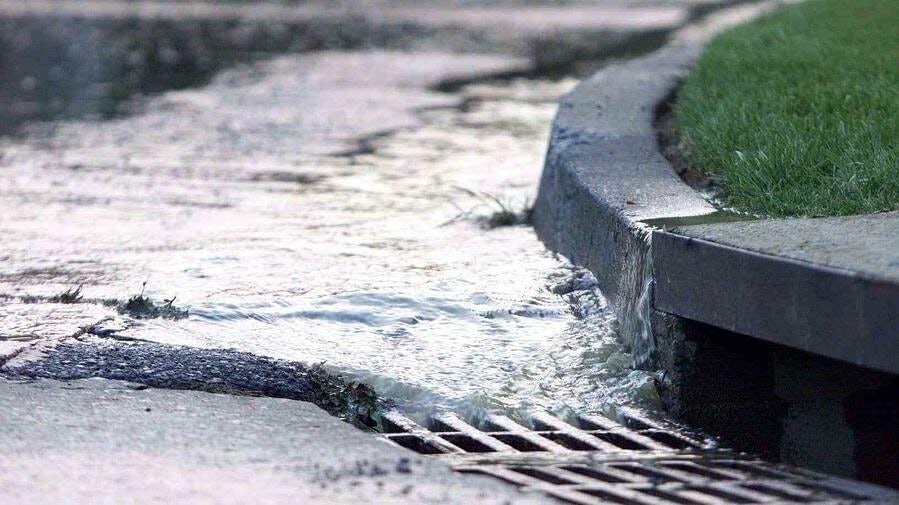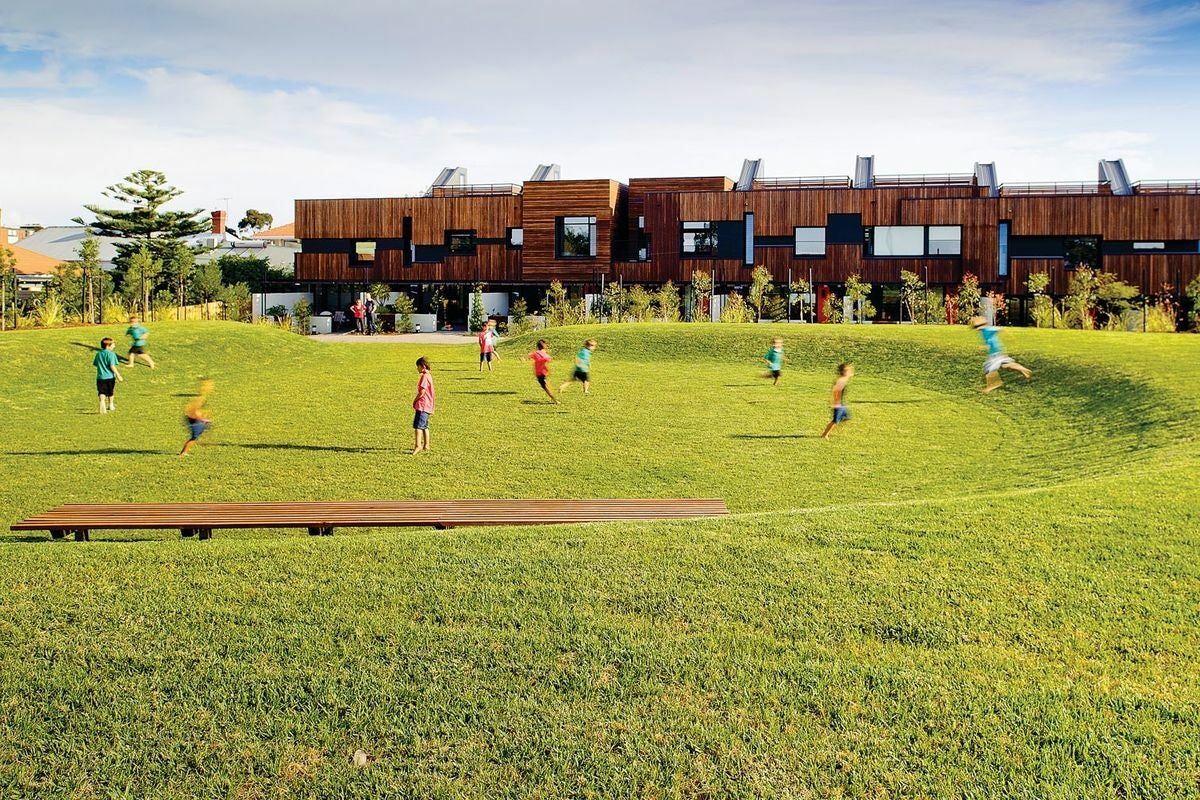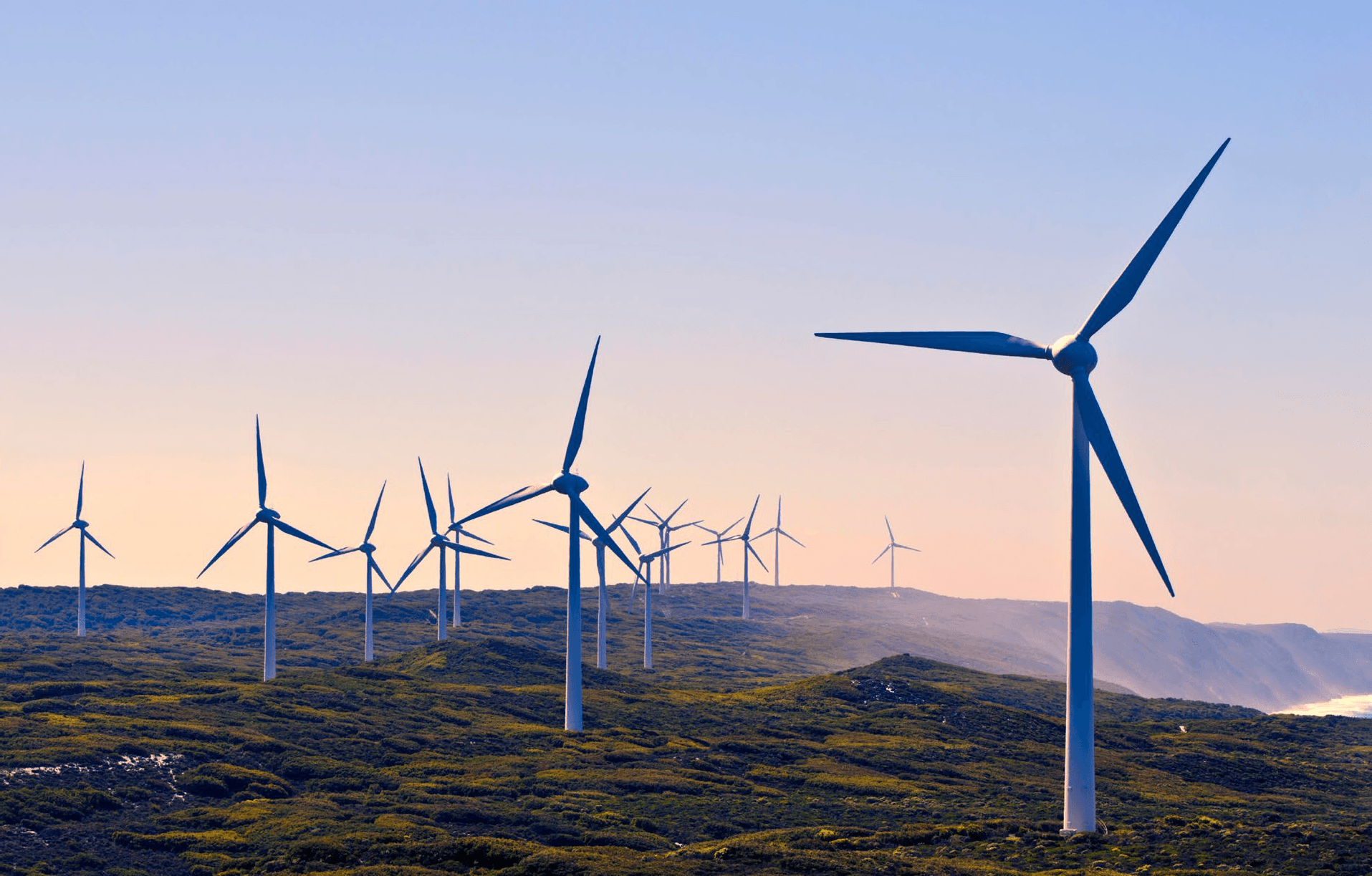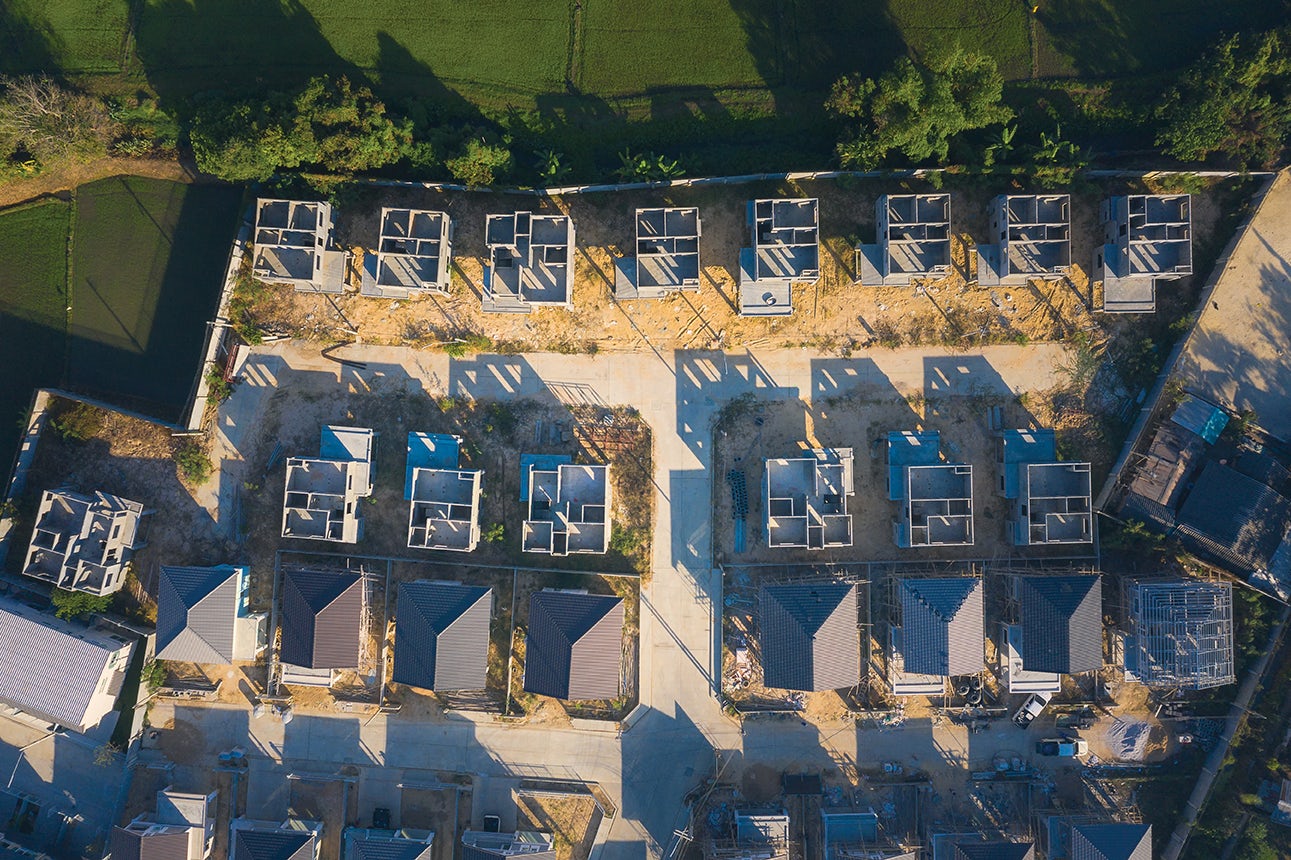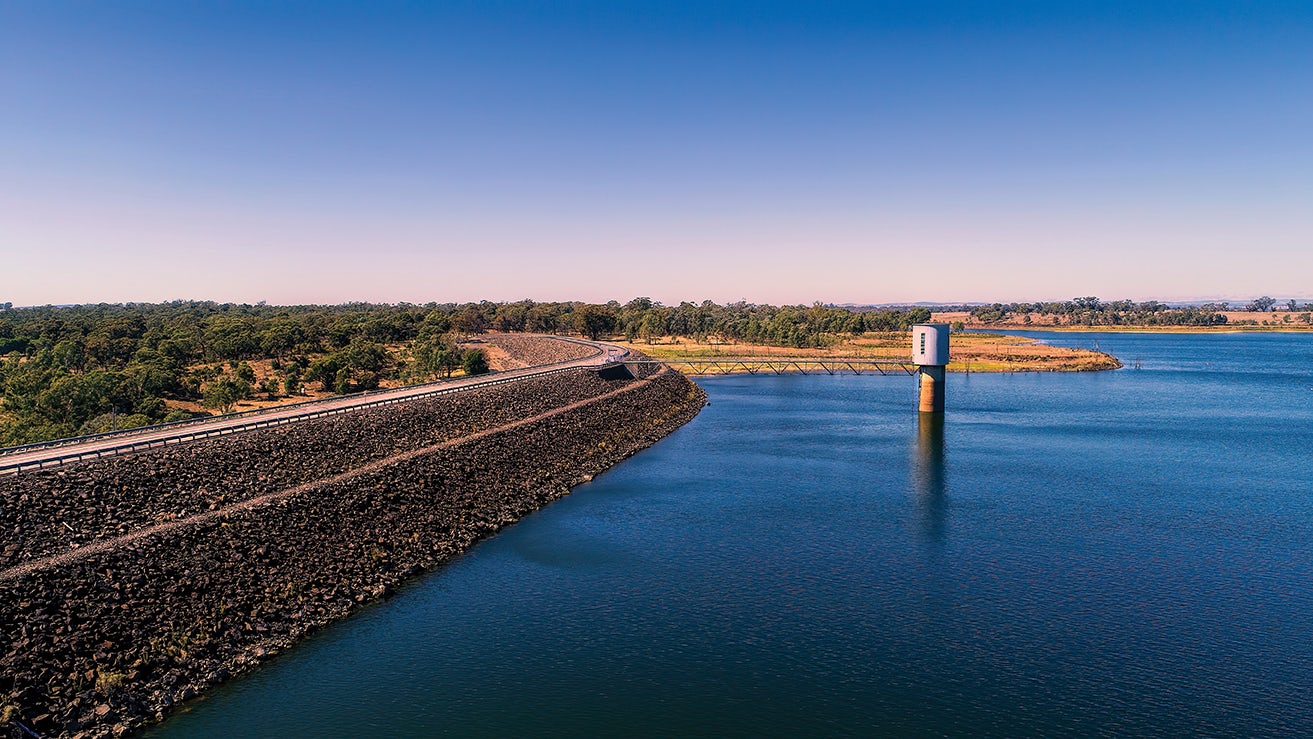Freight
Victoria will need to move nearly double the amount of goods by 2051. This puts pressure on roads, rail networks and urban areas. Infrastructure Victoria's work shows how infrastructure can help freight move efficiently and reduce emissions.

Challenges
Growing freight volumes will strain road networks
Victoria's major roads and freeways are already busy. Many will reach capacity in the next decade. By 2051, Victoria will need to move nearly 900 million tonnes of freight. This is more than double 2020 volumes. More trucks will mean worse congestion and delays for all road users. This will increase travel times, drive up business costs and limit Victoria's productivity.
Rail freight network lacks long-term planning
Rail freight demand is expected to quadruple from 2020 to 2050. Over 10% of rail assets will be near or past their design life by 2025. Many parts of the network need maintenance and repair, limiting speeds and capacity. But there is no long-term funding. Passenger services get priority, disrupting freight. Rail access to Melbourne's port is unreliable. These problems drive up costs and push freight onto congested roads.
Urban deliveries create congestion and emissions
Small trucks and vans make up 15 to 20% of city traffic and produce around 20% of transport emissions. Online shopping and population growth are driving more deliveries every year. More delivery vans mean worse congestion, higher business costs and more air pollution. As cities grow, these impacts will get worse.


